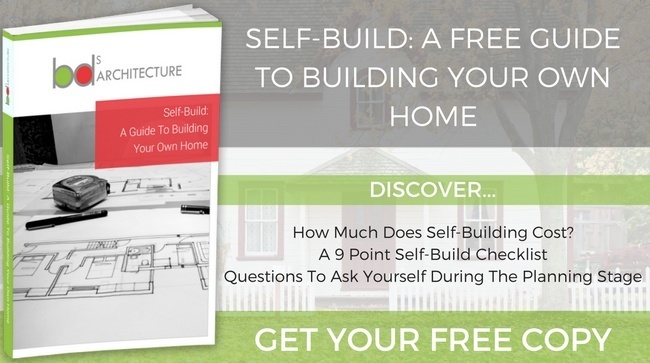
A growing family can mean that your home is becoming cramped without a sufficient number of bedrooms and limited family space. If your property has a loft, you may be able to utilise that redundant space to solve your problem by having a loft conversion.

How BDS Can Help
Our experienced architectural designers can help you to maximise the space you have available in your property by coming up with effective design solutions, which incorporate additional bedrooms and create a spacious family living environment.We provide a complete, bespoke design and build service, so you can get on with your life without the hassle of obtaining planning permission and sourcing contractors.
A loft conversion can be an expensive undertaking, and we will enable you to keep within your budget by providing you with costings right from the outset of the project. That will help you to plan financially for the conversion work.
"Is my loft suitable for conversion?”
“But can any house have a loft conversion?”
Well, that all depends on the type of roof your property has.
Cut Rafter & Purlin Roofs
Cut rafter and purlin roofs were used for properties built before 1965. The rafters form an "M," which joins the floor at the centre of the loft. For traditional roofs, the crucial measurement is a height of 2.2 metres at the highest point.
Modern Trussed Roof
Trussed roofs are usually found in houses that were built post-1965. The trusses create a “W” that joins the rooftop at the highest central point. The critical measurement for trussed roofs is a minimum height of 2.4 metres at the highest point.
Pitch, Angle, & Floor Space
The pitch of your roof should ideally be 30 degrees or greater. The higher the pitch angle, the higher the central height is likely to be. However, there are ways in which architectural designers can overcome issues created by roofs that don't meet those criteria.Ideally, the loft’s internal walls ought to measure at least 5.5 metres from one side to the other, including the chimney, and 7.5 metres from the back to the front. If your loft doesn’t quite measure up, that isn’t necessarily a showstopper, as an experienced architectural designer may be able to overcome the issue.
Note that your roof space can be extended by up to 50m³, or 40m³ for terraced properties, as per Permitted Development Rights, with some limitations.
Other Factors
There are a few other things to take into account when assessing your loft for conversion suitability.Water tanks will require relocation if necessary. Chimney stacks must usually remain in position, although they can be removed if necessary, subject to planning approval. Non-waterproofed roof tiles will need to be treated, which will add to the cost of the project.






